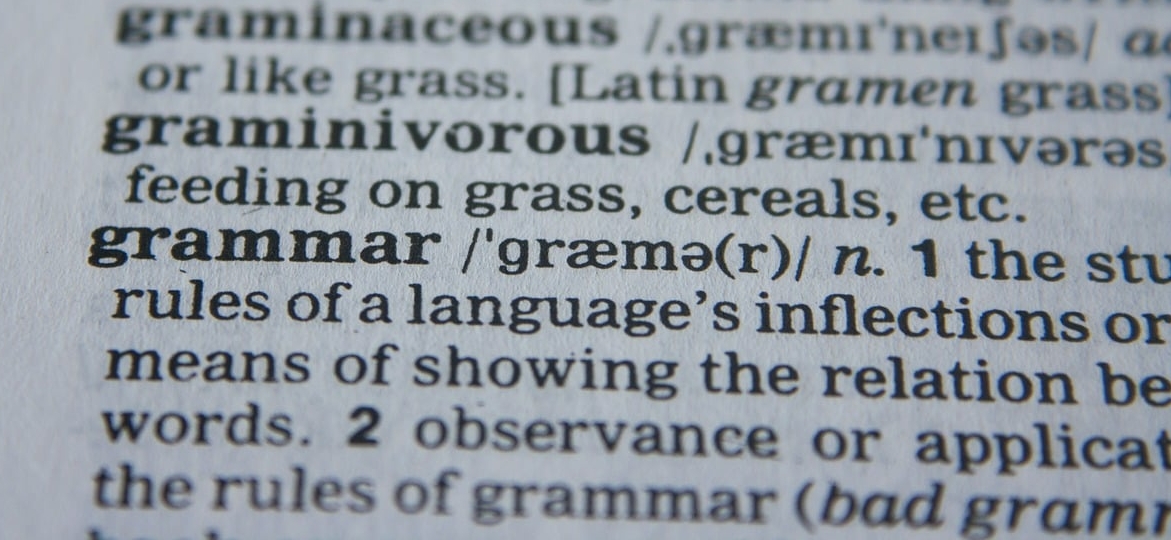In this article, we’re going to run through everything there is to know about the French present tense.
We’ll look at:
- When to use the French present tense
- Different group conjugations
- Forming the negative present
- Forming the imperative
The present tense is one of the most important building blocks in the French language, so there’s no time like the present to get started!
If you wish to learn French online easily in order to take the tests DELF, DALF or TCF revising all our french grammar and conjugation worksheets is always a great idea!
What is the present indicative?
The “present indicative” refers to the French present tense. This is the tense we use to describe things that are happening now, in the present moment. The good news is that whereas we have two present tenses in English, in French there is only one to contend with.
When do we use it?
We use the French present tense to describe current actions and facts, or routine actions. For example:
- Je lis un livre (“I am reading a book”)
- Elle est grande (“She’s tall”)
- Je vais au marché le dimanche (“I go to the market on Sundays”)

Conjugating the auxiliary verbs avoir and être
Two of the most important verbs in French are avoir (to have) and être (to be), so this is the place to start when you’re tackling French grammar.
As two very common verbs, they are both irregular, meaning you need to learn how each verb conjugates for every person. You can use the table below to study these two verbs in the present tense:
| Avoir | Être | |
|---|---|---|
| je | ai | suis |
| tu | as | es |
| il, elle | a | est |
| nous | avons | sommes |
| vous | avez | êtes |
| ils, elles | ont | sont |
Remember: in French there is often an elision between a word ending in a vowel and the subsequent word also beginning in a vowel. This means that instead of je ai, we say j’ai. However, this isn’t always the case: tu as, for example, remains as such.
Conjugating verbs in the first group
Verbs in French are categorized into three main groups. The first group contains those verbs that end with -er and are the easiest to conjugate.
Here are a few examples of verbs in this group: jouer (to play); pratiquer (to practice); aimer (to like).
Let’s conjugate the verb jouer:
- Take the verb in the infinitive: jouer
- Remove the -er ending: jou-
- Add the appropriate ending according to the subject of the verb: -e; -es; -e; -ons; -ez; -ent.
The table below sets out the verb manger (to eat) in the present tense.
| Manger | |
|---|---|
| je | mange |
| tu | manges |
| il, elle | mange |
| nous | mangeons |
| vous | mangez |
| ils, elles | mangent |
Be careful with the first person plural of manger: although the ending is -ons, we are obliged to add an additional e to the ending after a stem ending in g for pronunciation purposes. This is the same for a verb like changer (to change).
Conjugating verbs in the second group
The second group contains verbs ending with -ir, such as grossir (to put on weight), applaudir (to applaud), and choisir (to choose).
For these verbs, the endings are: -is; -is; -it; -issons; -issez; -issent.
The table below sets out the verb finir (to finish) in the present tense.
| Finir | |
|---|---|
| je | finis |
| tu | finis |
| il, elle | finit |
| nous | finissons |
| vous | fnissez |
| ils, elles | finissent |
Conjugating verbs in the third group
The third group contains verbs ending with -ir, -dre, -aître and -oître, such as dormir (to sleep), venir (to come), répondre (to reply), connaître (to know), and disparaître (to disappear). As you’ll have noticed, verbs ending in -ir can belong to the second or third group, you simply have to learn.
For these verbs, there are different types of endings, but most commonly they are: -s; -s; -t/-d; -ons; -ez; -ent.
The table below sets out the verbs dormir (to sleep), venir (to come), prendre (to take), and connaître (to know) in the present tense.
| Dormir | Venir | Prendre | Connaître | |
|---|---|---|---|---|
| je | dors | viens | prends | connais |
| tu | dors | viens | prends | connais |
| il, elle | dort | vient | prend | connaît |
| nous | dormons | venons | prenons | connaissons |
| vous | dormez | venez | prenez | connaissez |
| ils, elles | dorment | viennent | prennent | connaissent |
Irregular verbsThere are a few particularities to note: venir and prendre take a double “n” in the third person plural; and connaître has an accent in the third person singular.
Irregular verbs
We’ve already seen two irregular verbs, avoir and être, but there are plenty more.
The table below sets out the verbs aller (to go), pouvoir (to be able), vouloir (to want), and faire (to do) in the present tense.
| Aller | Pouvoir | Vouloir | Faire | |
|---|---|---|---|---|
| je | vais | peux | veux | fais |
| tu | vas | peux | veux | fais |
| il, elle | va | peut | veut | fa |
| nous | allons | pouvons | voulons | faisons |
| vous | allez | pouvez | voulez | faites |
| ils, elles | vont | peuvent | veulent | font |
Negation in the present indicative
And what about if you want to say something negative in the French present indicative? In this case, you need to know about ne… pas.
Simply position ne and pas either side of your verb in the present tense, for example:
- Je vais au cinéma (I am going to the cinema)
- Je ne vais pas au cinéma (I am not going to the cinema)
Easy, n’est-ce pas ?
The imperative in the present indicative
The imperative is how we give orders and instructions, such as “listen!”, “stop!”, and “be quiet!”.
To form the imperative in the French present indicative, do the following:
- Take the verb in the tu, nous, or vous form, e.g. tu parles (“you speak”)
- Remove the subject, e.g. parles
- For verbs in the first group, remove the s ending, e.g. parle (“speak!)
Revising with GlobalExam
French is easy if you’ve got the right tools. On GlobalExam, we’ve prepared a whole online platform for learning languages, where you can find an extensive set of grammar sheets, training exercises, and tests especially for learning French.
Still got some unanswered questions about the French present tense? GlobalExam has the answers!
More articles on French conjugation:
- French Conjugation: All you need to know about Verbs And Tenses
- French Future Tense: How Does The Conjugation Work?
- Past Participle Tense In French: Regular And Irregular Verbs
- What Is The Imperfect Tense In French? Structure And Examples
- Subjunctive In French:Practice The Conjugation And Phrases
- What Are The Reflexive Verbs in French? Worksheets And Exercises
- Conditional Tense In French: Understanding The Structure



